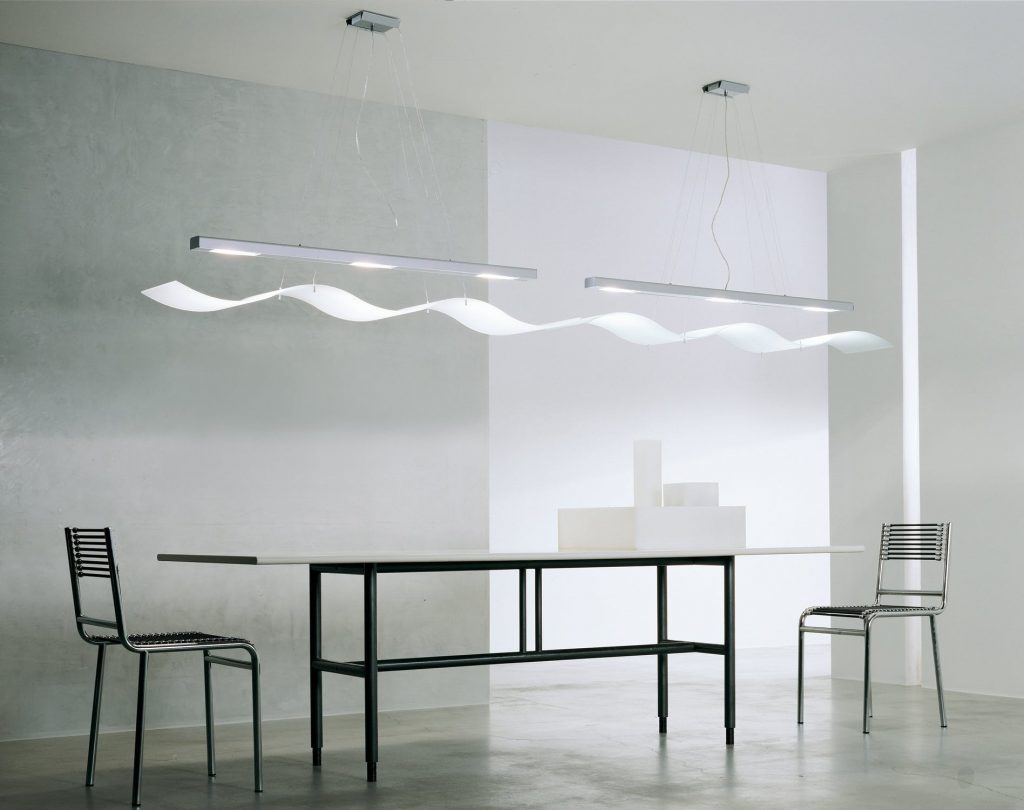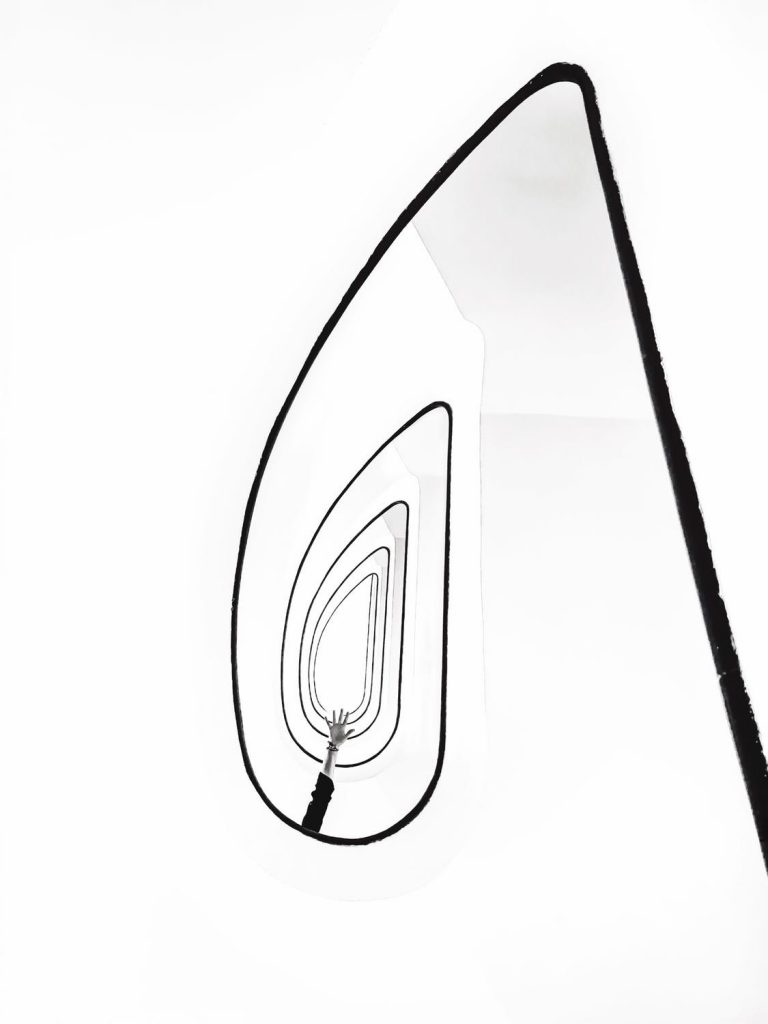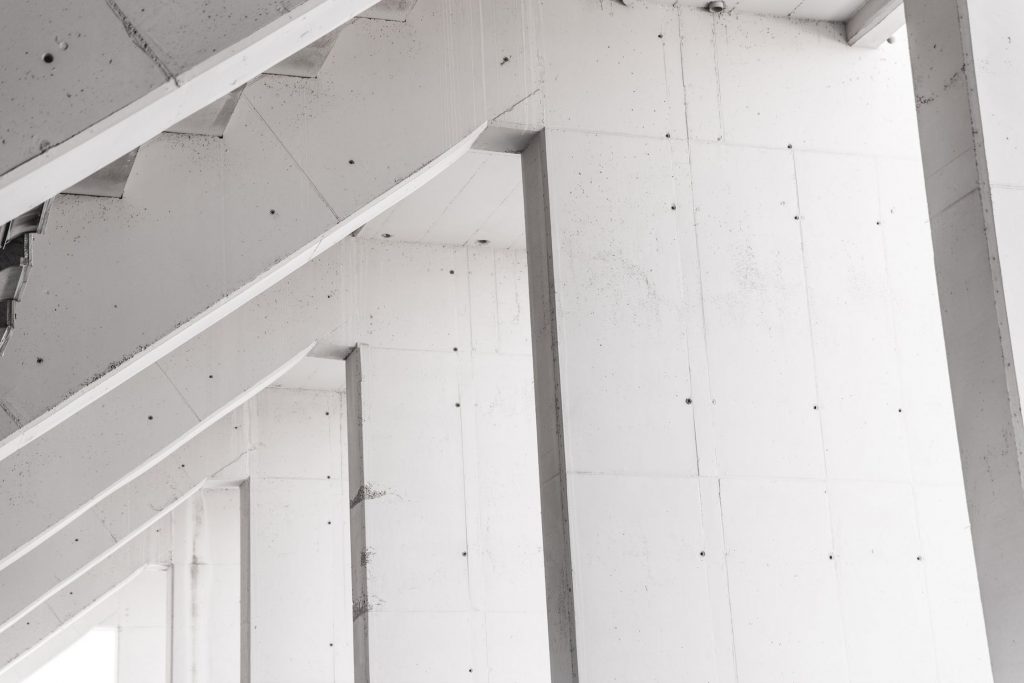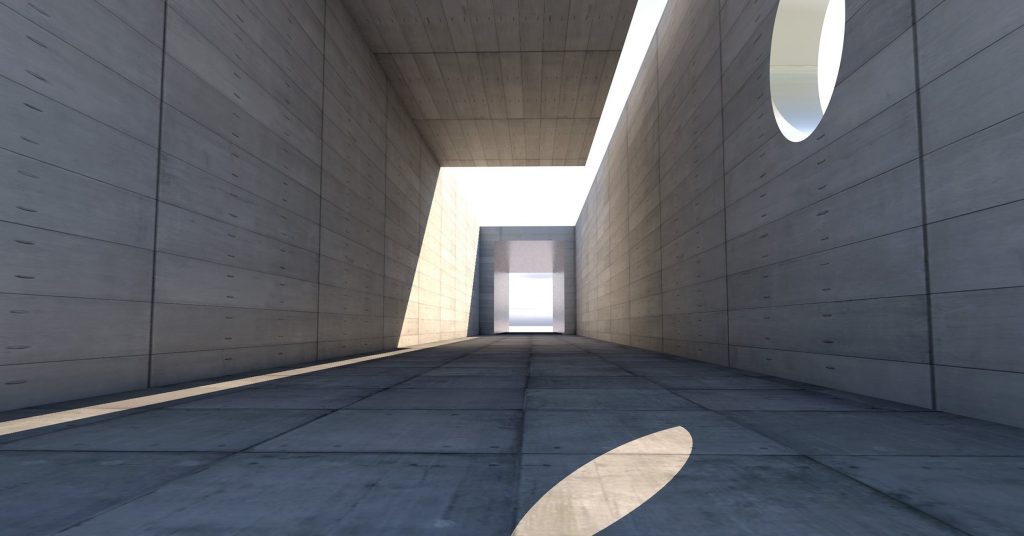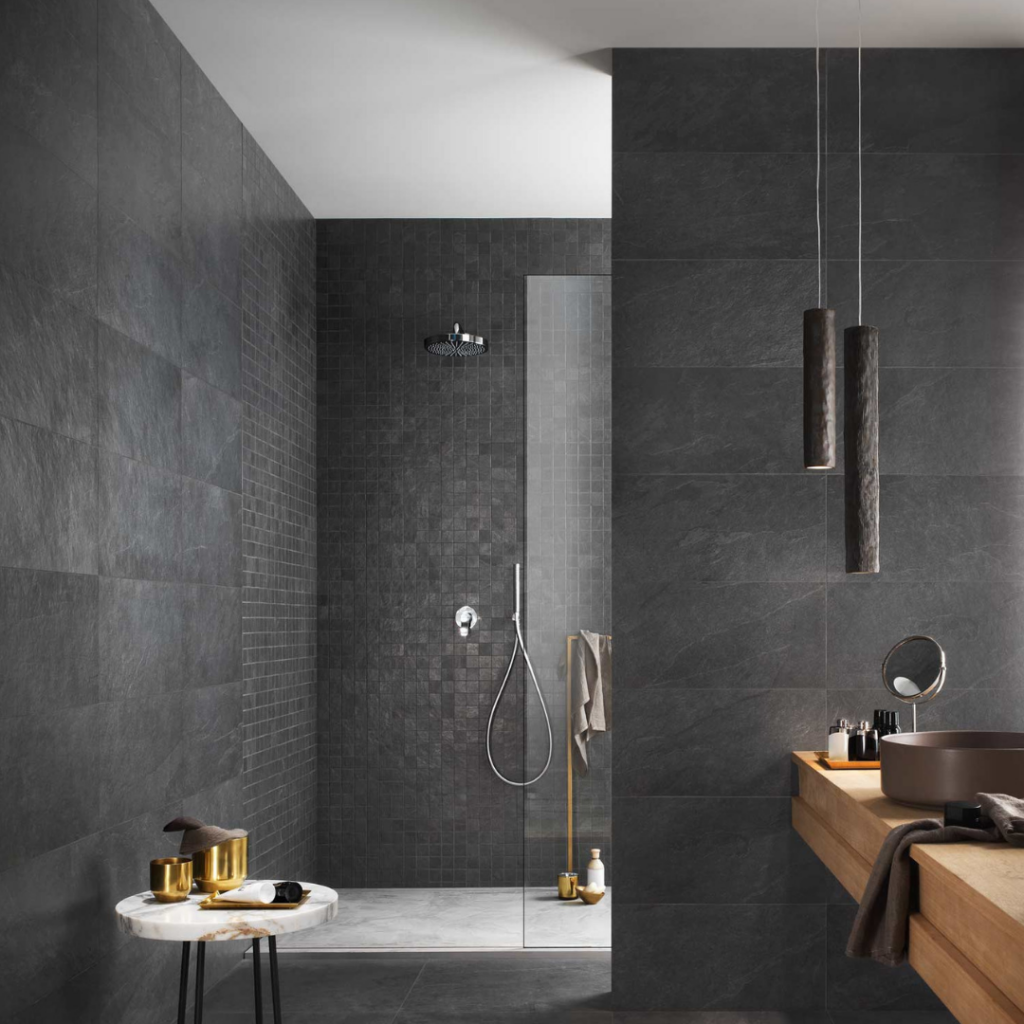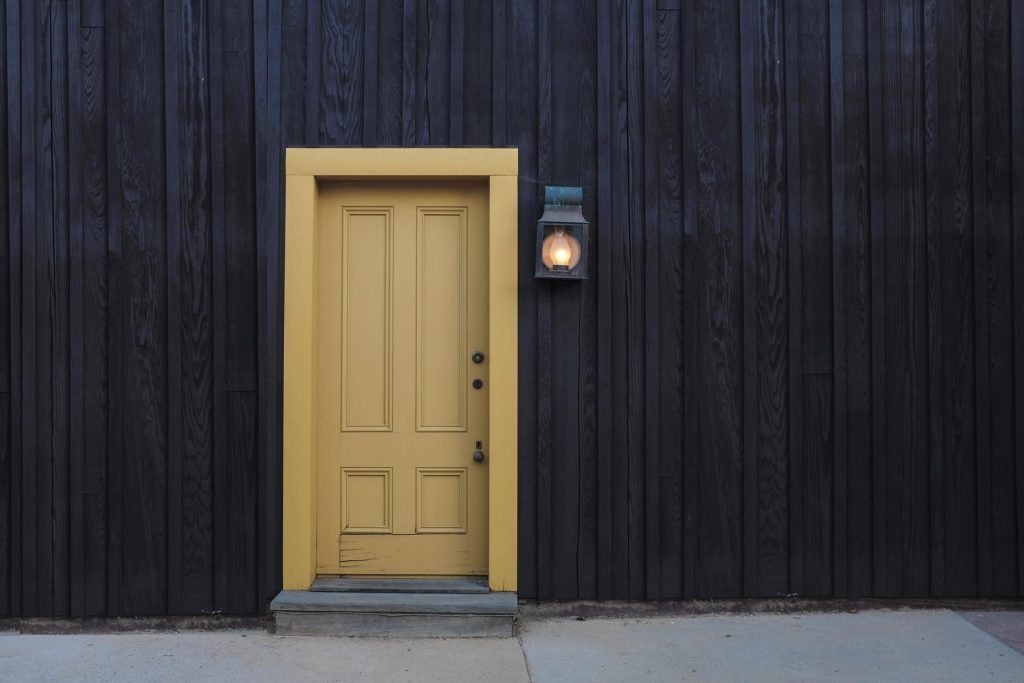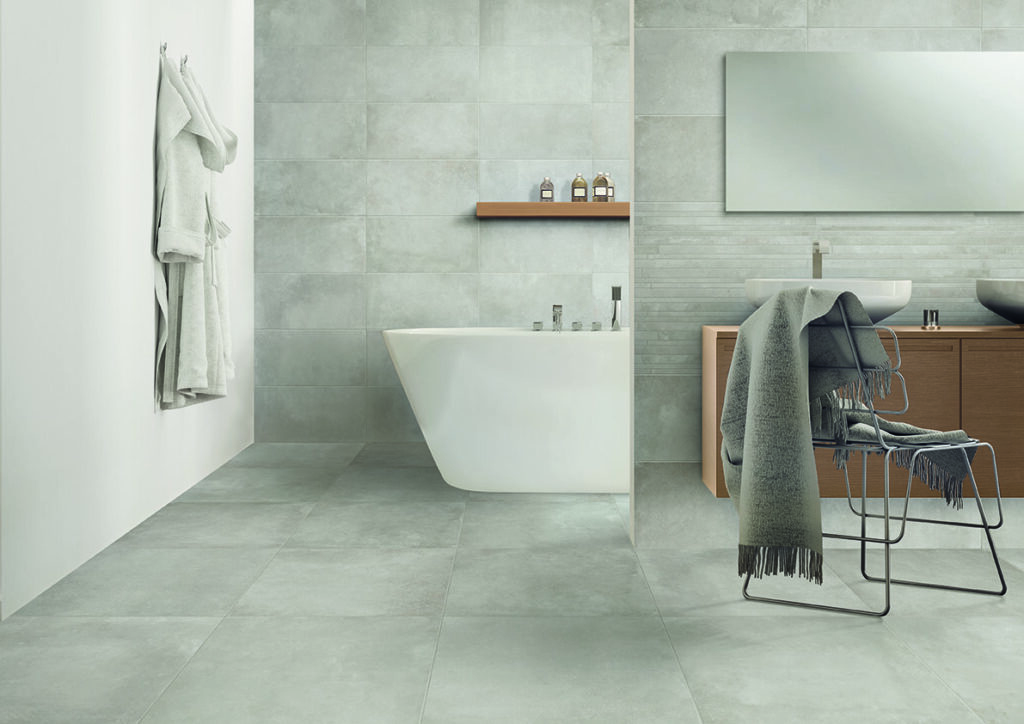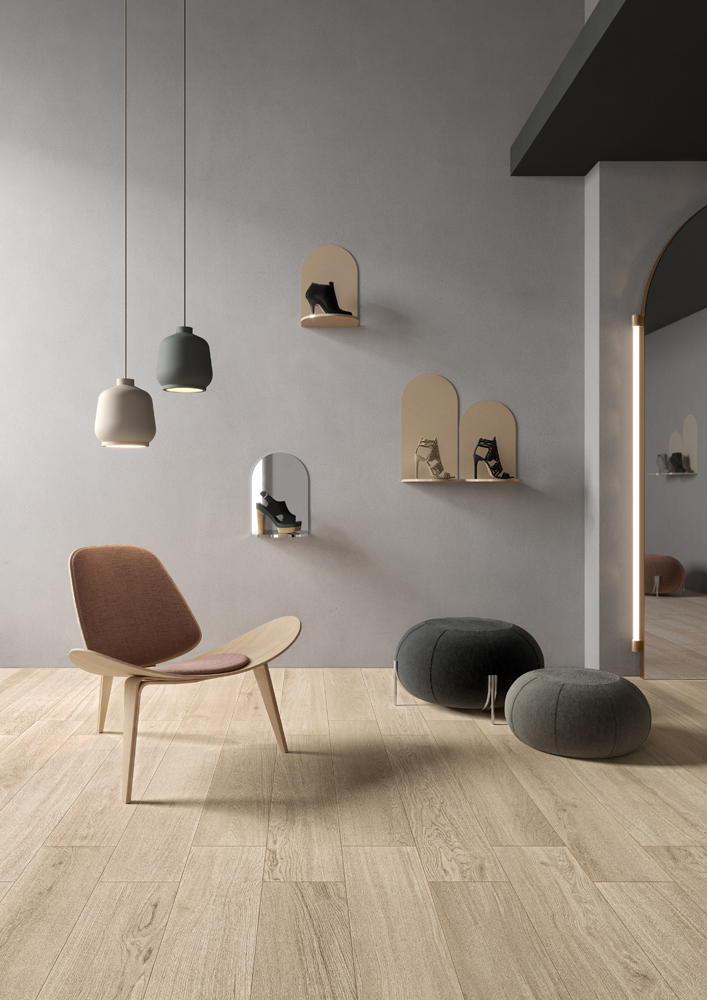The benefits of minimalism
Design and architectural minimalism are more fashionable than ever. Hard not to melt in front of the elegance of straight lines, the purity of materials and the fluidity of a sleek design. What was before more of an artistic movement is now becoming for some people, a lifestyle. Effectively, minimalism has some economic and ecological benefits.
The minimalism movement
Born in New-York in the 60s, minimalism is the result of a great bareness regarding every artistic technique in order to put emphasis on the material’s purity. A shocking contrast with the Abstract Expressionism and the Pop Art movements, two big styles already established in the triendiest cities of the era. Against the flow, the minimalists are reacting to the visual lyricism, to give place to sobriety.
You probably already heard the sentence Less is more, pronounced by Mies van der Rohe, a German architect formerly known as the director of the famous Bauhaus Arts School in Berlin. This architectural school is so revolutionary in the field of design that its name becomes an artistic movement. Conceived with concrete, glass and steel, the exceptional architectural quality of the Bauhaus is a symbol of the European modernity.
The Bauhaus movement is without a doubt one of the biggest influence of the minimalism. Major artists associated with the movement like Mies van der Rohe, Paul Klee and Marcel Breuer are seeking for modernism, sharing a big interest for raw materials conceived in factories. The industrialization leads some artists to think about arts differently.
Its benefits
Although minimalism has esthetic functions, for example, the research of a visual cohesion and the representation of materials in their simplest form, some people see in it much more than an artistic style.
Minimalism allows to eliminate unnecessary expenses. Effectively, buy getting rid of non-essential objects, we realize that it’s possible to live comfortably with fewer material possessions and we avoid to spend money on things that are completely unnecessary. This research of simplicity often leads people to live in smaller residences with a better space optimization. Let’s not forget that furniture and color chosen in order to create a minimalist look are generally neutral so more timeless.
At this time where environment has become a major society issue and that people are more concerned about their ecological footprint, the minimalist ideology wins back in popularity. Contrary to the fast fashion that consist to buy (often cheap) and to throw it when the trend is finished, minimalism tends to durability and ecology. By choosing to live in smaller space and to concentrate on essential, we can use our savings to invest in greener and better quality materials.
Our suggestions for a minimalist look
Concrete effect ceramic collections
With their cream, beige or gray colors and their matte finish reminiscent of concrete floors, these collections offer an urban and minimalist look. A timeless choice that integrates with many styles.
The white ceramic collections
White remains a timeless and luminous color, with which you can match all possible types of furniture and decorations. It is an ideal color for ceramics in a minimalist decor. If you want to bring a touch of originality, play with the shape of the tiles (hexagonal for example), with its texture or with the finish.
The wood look ceramic collections
The wood look fits perfectly into a minimalist decor. It is a timeless style that brings a touch of warmth in contrast with white or tone on tone. Wood imitation ceramic has the advantage of being less expensive than wood, easier to maintain and just as beautiful!
Are you now a fan of minimalism?

